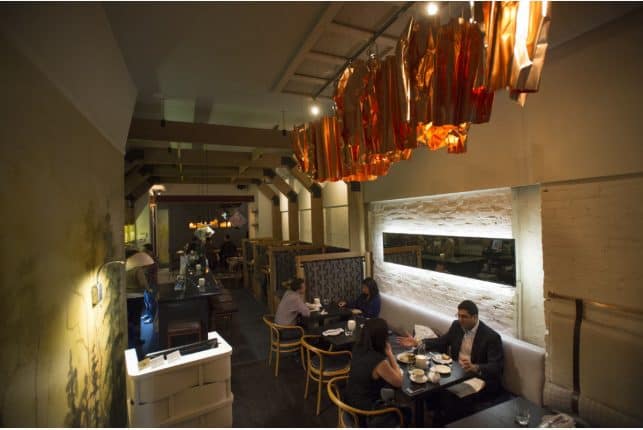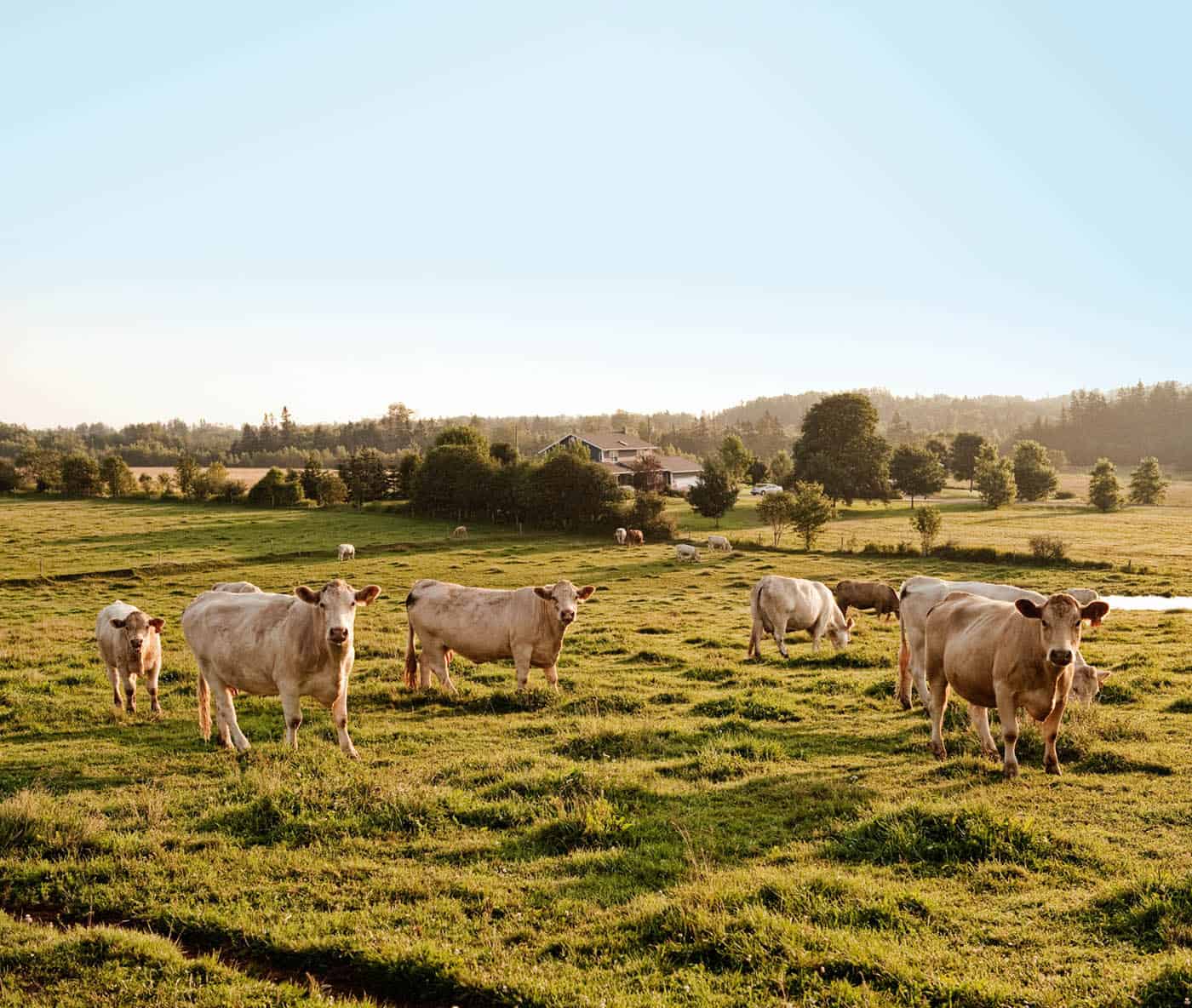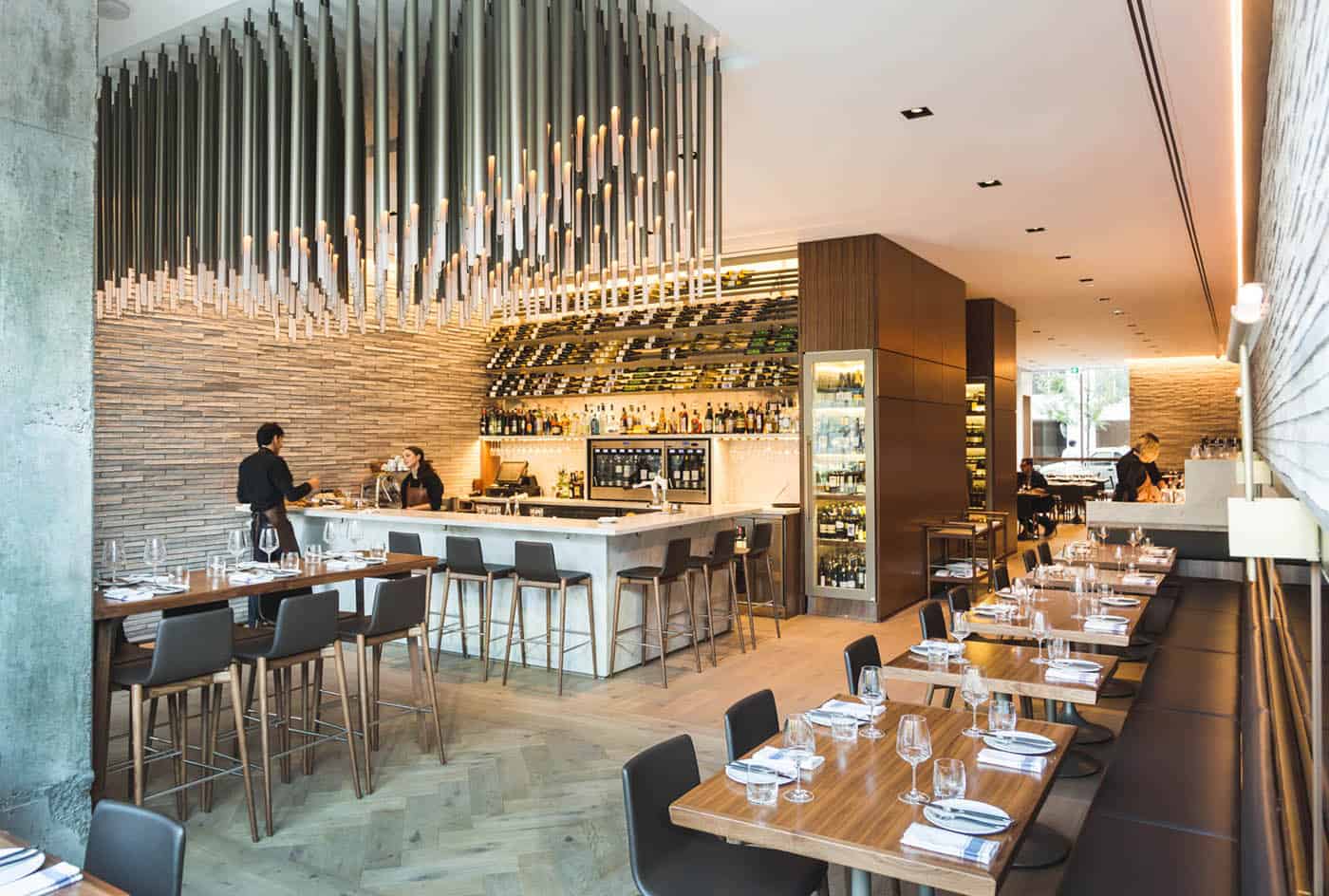Time Travel
Toronto restaurant Boralia has dug deep into the annals to come up with historic Canadian recipes.
Culinary time travel with historic Canadian recipes.
For close to a year now, Boralia has been doing something very Canadian, something that is simultaneously very old and rather new. Chef Wayne Morris has been exploring the earliest Canadian cooking for which we have historical evidence, and reconfiguring these old, forgotten dishes with contemporary finesse and a nod to modern tastes.
The menu features dishes with dates that go back to Champlain’s arrival in the early 17th century. Of course, anyone who dines out much at the world’s better restaurants will immediately recognise that the whole idea was lifted from Heston Blumenthal’s ground-breaking London restaurant Dinner, which launched this very idea back in 2011. But no matter—some ideas are worth copying. And, as Wayne Morris’s partner in the restaurant, chef Evelyn Wu, worked for Blumenthal doing historical research for the dessert menu at his Dinner project—she helped to develop brown bread ice cream, amongst others—she knows well how to go about it right.
Recently, Canada’s 100 Best sat down with Morris and Wu to talk about the process of updating historical recipes in Canada.
Canada’s 100 Best: Let’s look at a few historical dishes you’ve modernised and discuss the process. Like pemmican, of which you’ve produced a very pretty example—albeit that, unlike the original, cannot be carried around in your pocket.
Evelyn Wu: It’s a dish with so much history behind it. But it was mostly about sustenance. They would take whatever game they could find, dry it, and mix it with fat and dried berries. We wanted to shine a light on a dish that played a large part in our history, and make it more palatable.
Wayne Morris: We wanted to get away from the nomadic protein format. We take bison and dry it like bresaola, and then separately, we do lardo, and make a blueberry juniper vinaigrette.
C100B: The date for kedgeree—1845—seems slightly arbitrary, no?
EW: We do not claim to be historians. But, obviously, the history is a big part of our concept!
WM: Kedgeree is based on an Indian dish, which I think you can trace back to the 13th century. Sailors brought it here from India though England, and it became a posh thing here around [in the mid-19th century], because if you had access to curry, it was exotic and new.
C100B: Your pigeon pie, made with squab and dated to 1611, seems based on the idea that tourtière was made with a bird called the tourte, the French word for the extinct passenger pigeon. It’s a fun idea that’s usually discounted, but you’re in that historical camp?
EW: Well, it may be right. When we first started out, tourtière was on our earliest list. Not too many restaurants are serving squab, and we wanted to promote squab.
C100B: Some old dishes use flavour combinations that are utterly foreign to us—ideas that we left behind in a fork in the road centuries back. How for example did you uncover a dish, dated 1605, of mussels smoked with pine needles?
WM: We were doing research in old cookbooks and started reading about l’Ordre de Bon Temps, which Champlain founded at Port Royal. I happen to be from Nova Scotia, about an hour away from there. They wanted a good way to cheer up the men, because winter was so brutal. It’s actually a dish from Champlain’s hometown in Normandy—the first dish that he made for the order.
C100B: So, what’s coming next?
WM: Well, a lot of preserves. Potted hare and potted lobster. A lot of British-type dishes. We’ll do renditions, but they won’t be true to original form. We don’t want to boil lobster for an hour and pour clarified butter over it and throw it in the basement for a few months.
C100B: Needless to say, Canada doesn’t have the same wealth of ancient cookbooks that you had to draw on for Heston Blumenthal. What’s the best resource here?
EW: We don’t have the extensive history, but the people who came here have their own history.
WM: So, we can look at it backwards, and say, ‘What were the Irish settlers eating when they came here?’ or the Ukrainians, and use their history.
EW: There are a lot of old cookbooks online, like the Dominion Cookbook, published in Toronto and Winnipeg in 1899. And the Canadian Home Cookbook of 1877. Books on First Nations detail foraging. There’s a lot to draw from.
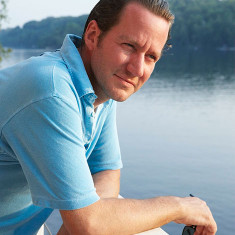
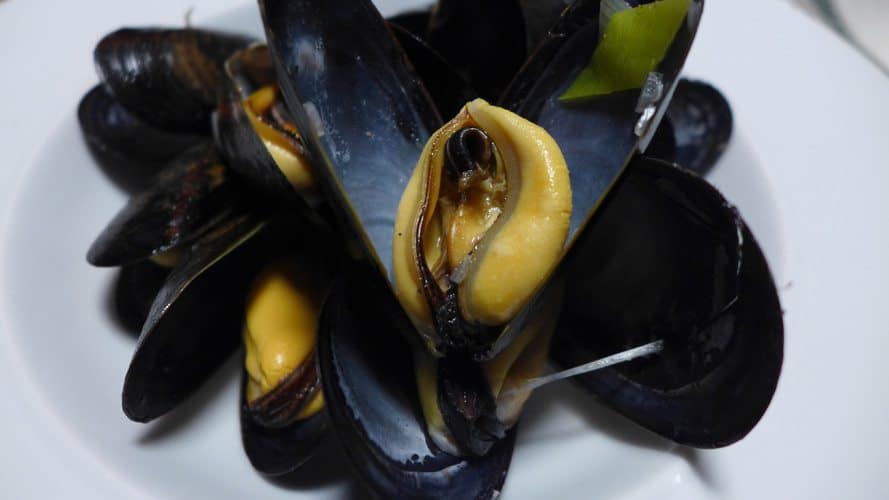 L’ECLADE—MUSSELS SMOKED WITH PINE NEEDLES
L’ECLADE—MUSSELS SMOKED WITH PINE NEEDLES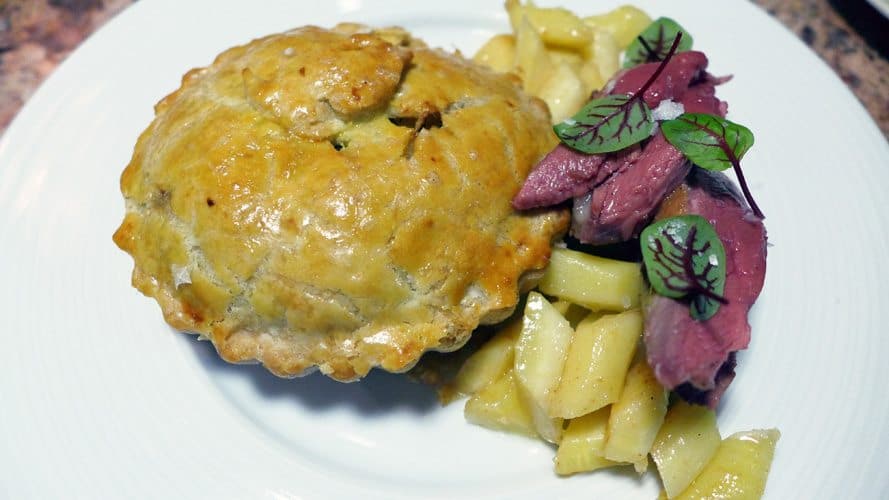 PIGEON PIE
PIGEON PIE
